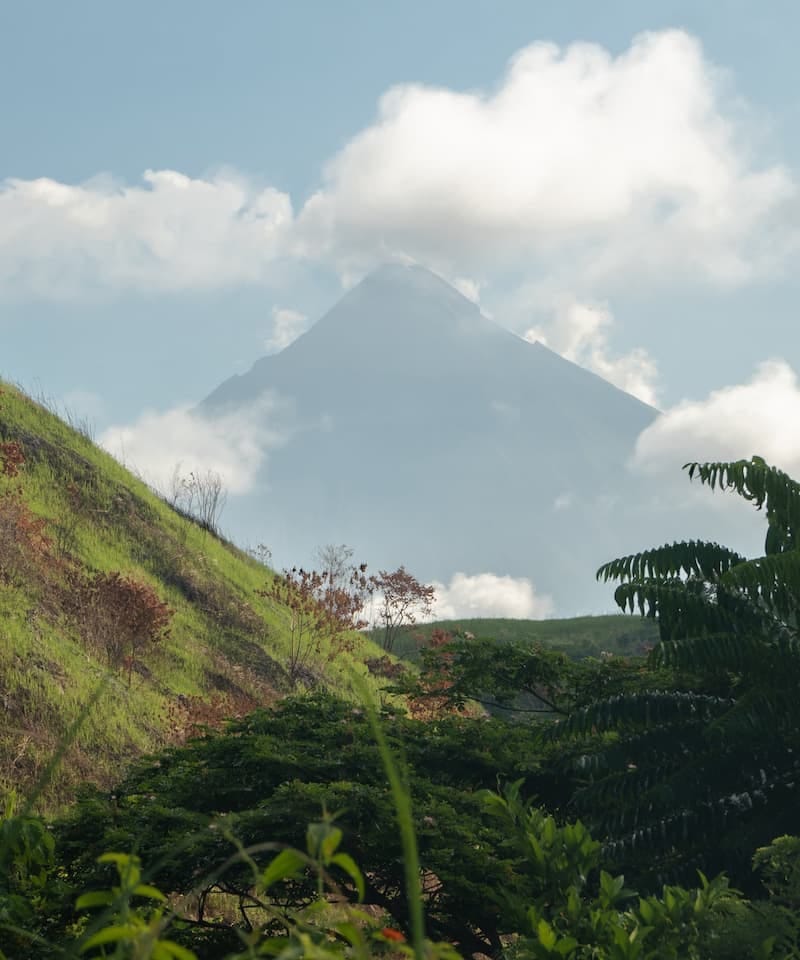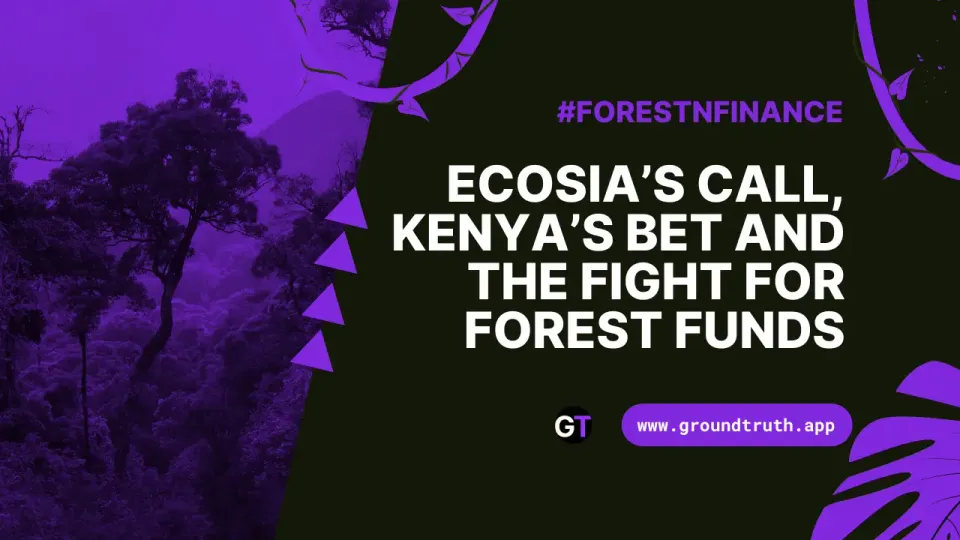Philippines Tree Planting Gets Props from World Bank 👊
The NGP’s success story proves that reforestation isn’t just for tree huggers —it's a smart economic move, too.

The Philippines' National Greening Program (NGP): A Climate Hero and Poverty Buster 🌍
The Philippines' National Greening Program (NGP) is pulling double duty as a climate hero and poverty buster, says the World Bank 🌍. Launched in 2011, this collaborative effort between the DENR, DA, and DAR isn’t just planting trees—it’s sprouting economic opportunities while soaking up carbon 💼. Environmental economics experts (say that ten times fast) Jeffrey Pagel and Lorenzo Sileci tout the NGP as a poster child for green initiatives that tackle climate change and poverty, creating jobs, restoring forests, and transforming rural areas.
A Climate and Economic Powerhouse 💪🌲
Their study dives into the Philippines' National Greening Program (NGP) and discovers it’s basically a supercharged climate and poverty-fighting machine 💪🌲. Using a Difference-in-Differences (DID) framework (a fancy way to compare "with NGP" vs. "without NGP" zones), the researchers checked in on forest cover, local economies, and spillover effects across various municipalities. The results? Forest cover shot up, poverty levels dipped, especially in poorer areas, and even some neighboring villages got an economic boost just by being close to NGP sites—think of it as reforestation’s version of "proximity perks" 📈.
Cost-Effective Carbon Sequestration and Economic Impact 🥊
On the climate side, the NGP's carbon sequestration results were nothing short of impressive, coming in as a cost-effective way to shrink CO₂ emissions. Extra fun fact: the bigger the plantation size, the better the poverty reduction results, showing that larger projects pack a stronger economic punch 🥊. All in all, the NGP isn’t just green—it’s green and wallet-friendly, setting a solid example of how conservation programs can double as economic lifelines.
Reforestation as a Smart Economic Move 🌲💰
The NGP’s success story proves that reforestation isn’t just for tree huggers—it’s a smart economic move, too. As more countries look for sustainable solutions, the Philippines’ experience shows how planting trees can also plant seeds for growth and resilience. With carbon emissions down and rural economies up, the NGP stands as a reminder that going green can go hand-in-hand with lifting communities out of poverty. So here’s to more of these win-win programs—because sometimes, the best investments really do grow on trees. 🌲💰
Sources 📚
Pagel, Jeffrey. (2024, November 11). Rooting out poverty: The socioeconomic co-benefits of large-scale reforestation. World Bank Blogs. Retrieved from https://blogs.worldbank.org/en/impactevaluations/rooting-out-poverty--the-socioeconomic-co-benefits-of-large-scale-reforestation
Pagel, Jeffrey, & Sileci, Lorenzo. (2024, July). More than just carbon: The socioeconomic co-benefits of large-scale tree planting. Grantham Research Institute on Climate Change and the Environment, Working Paper No. 410. London School of Economics and Political Science. Retrieved from https://www.lse.ac.uk/granthaminstitute/wp-content/uploads/2024/07/Working-paper-410-Pagel-Sileci.pdf
Rosal, Derco. (2024, November 12). World Bank praises PH reforestation program. Manila Bulletin. Retrieved from https://mb.com.ph/2024/11/12/world-bank-praises-ph-reforestation-program
Edited by Chris Harris

This work is licensed under a
Creative Commons Attribution 4.0 International License.




